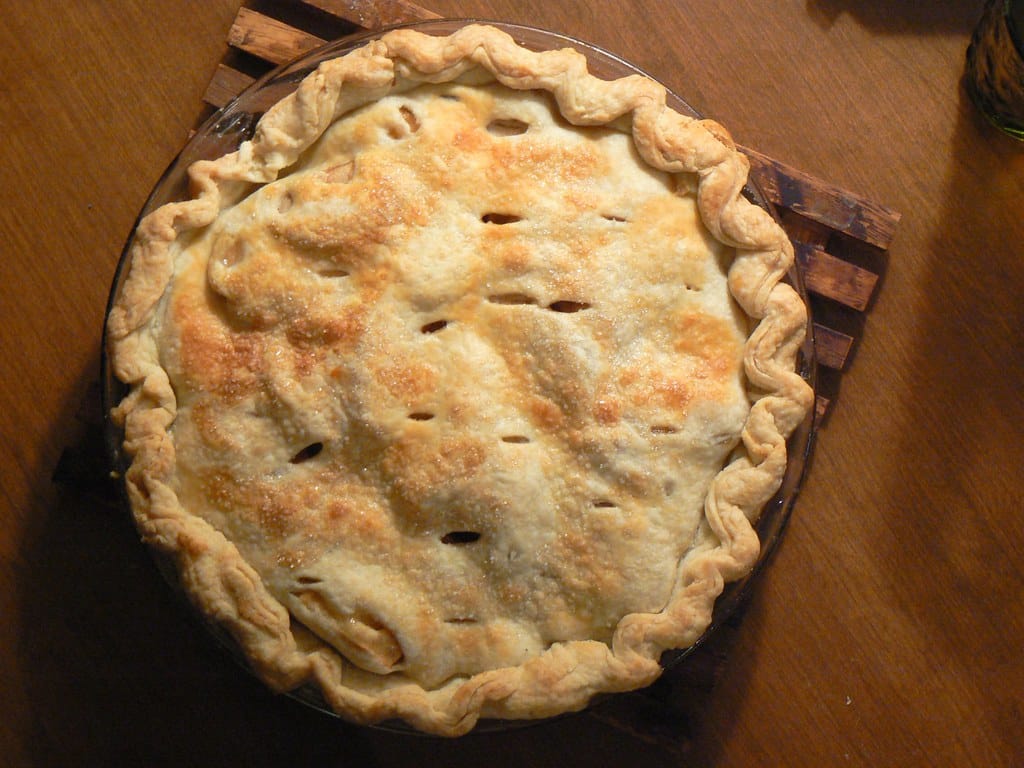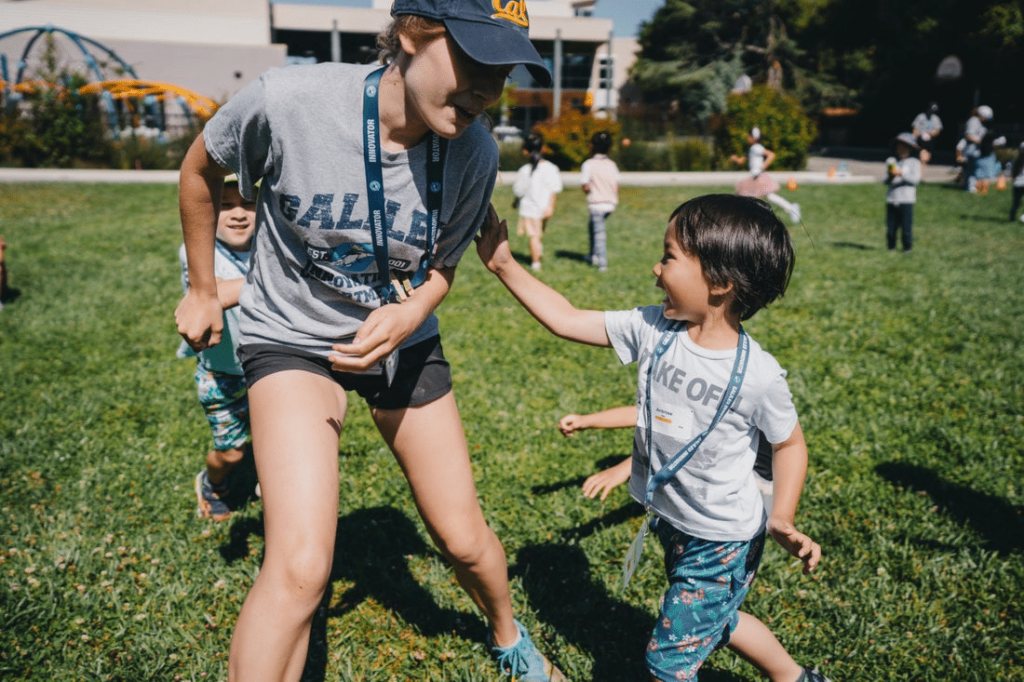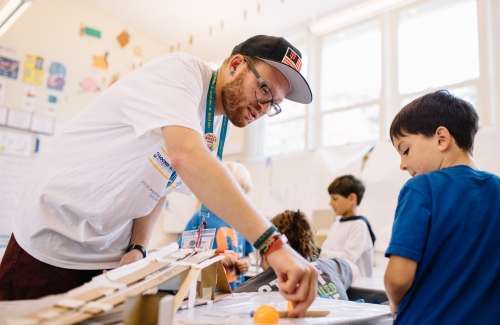DIY Cooking for Kids: Pi(e) Day Challenge


Whether you’re basking in the summer sun, raking leaves in the fall, holing up fo…
As we know all too well here at Camp Galileo, play doesn’t just offer a chance to…
Crunching leaves, cooler weather, baked goods with ice cream—what’s not to love a…
Can’t find an answer to your question in our FAQs section? Please fill out the form below or email us directly at [email protected].
Thank you for your interest in partnering with Galileo. We’re excited to collaborate with you to customize an enriching program to meet your expanded learning needs.


